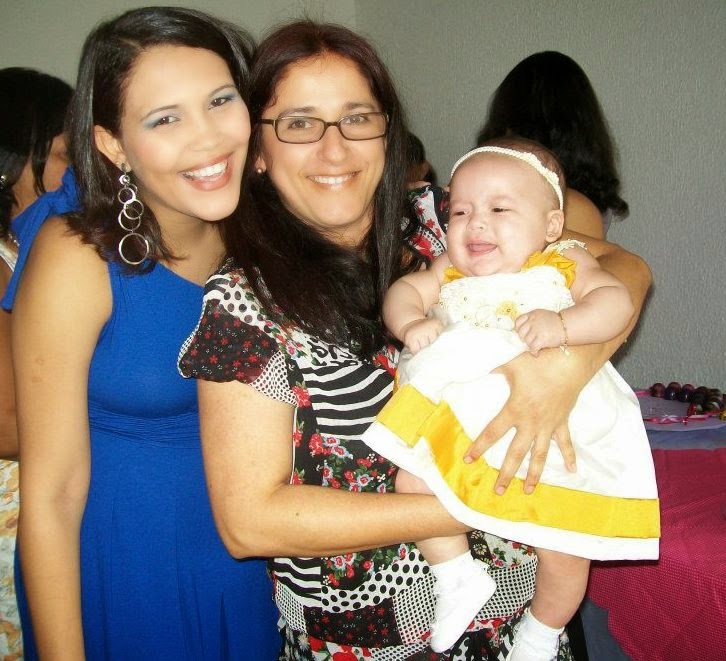

#Widows and orphans word 2010 manual#
However, in its 16th edition (2011) the Chicago Manual of Style suggests a new convention in which pages may end with the first line of a new paragraph. Writing guides, such as the Chicago Manual of Style, generally suggest that a manuscript should have no widows and orphans even when avoiding them results in additional space at the bottom of a page or column. Orphaned lines appear at the "birth" (start) of paragraphs widowed lines appear at the "death" (end) of paragraphs. Orphans result in too much white space between paragraphs or at the bottom of a page.Ī common mnemonic is "An orphan has no past a widow has no future" or "An orphan is left behind, whereas a widow must go on alone".Īnother way is to think of orphans as generally being younger than widows thus, orphaned lines happen first, at the start of paragraphs (affecting and stranding the first line), and widowed lines happen last, at the end of paragraphs (affecting and stranding the last line).

In typesetting, widows and orphans are words or short lines at the beginning or end of a paragraph, which are left dangling at the top or bottom of a column, separated from the rest of the paragraph. A widowed line: the last line of a paragraph, all alone on the other side of a page break.Īt the end of the first paragraph, the word "lorem" is an orphan in the second sense: a very short final line that, because the rest of its line is white, creates an impression of two lines of whitespace between the paragraphs.


 0 kommentar(er)
0 kommentar(er)
